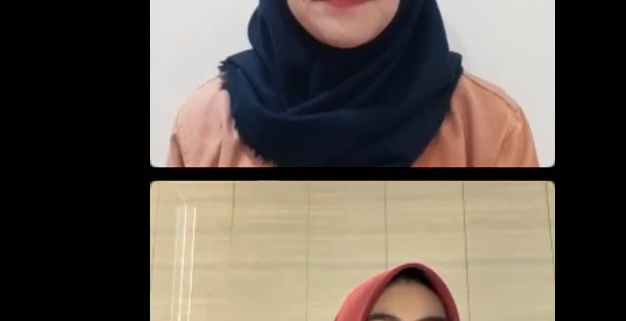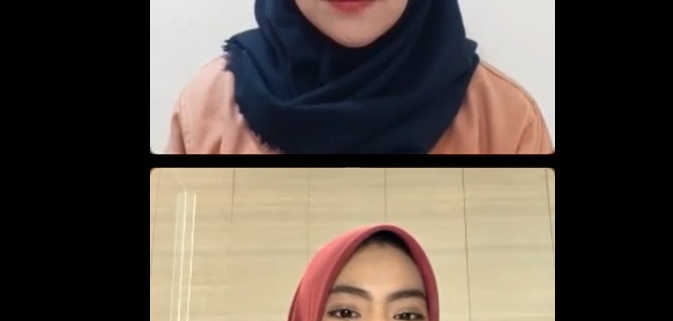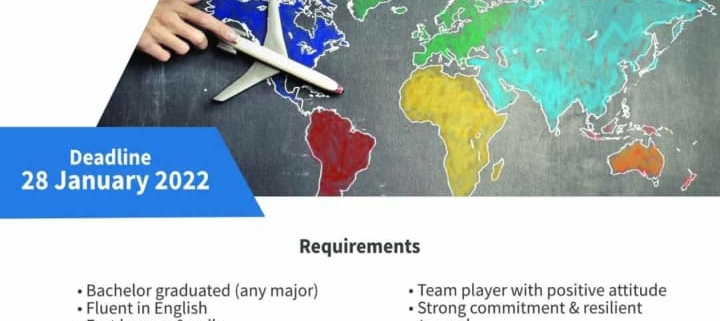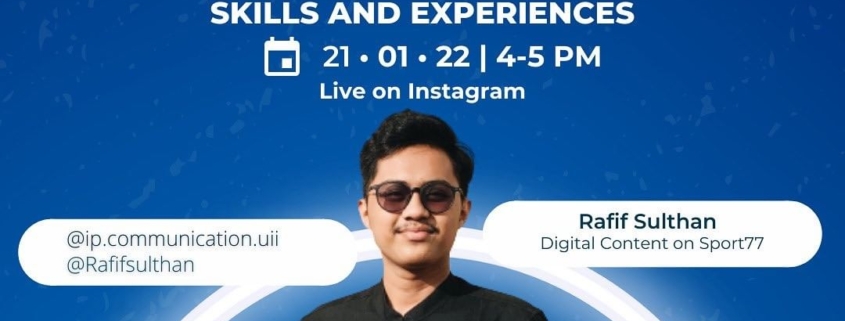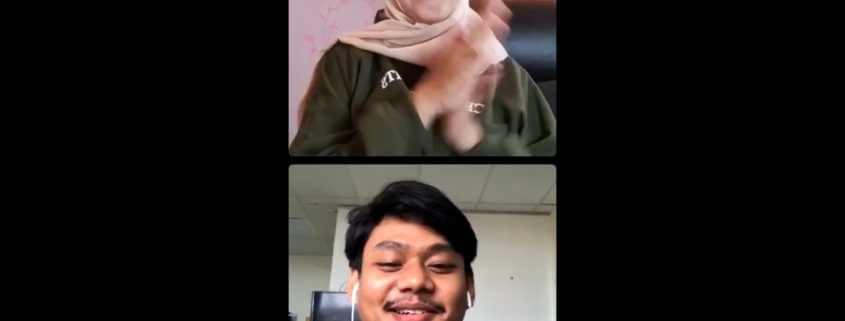Knowledge can be grown by reading or attending seminars. Good skills are not just enough to read; they must also be honed with practice. Likewise, with public speaking. Public kicking is a skill that must be honed with practice and knowledge. Exercise must also be done in a variety of effective ways. Not only a usual practice.
This Friday, 4 February 2022, the International Program Communication Department of the Universitas Islam Indonesia (IPC UII) held a Teatime session on public speaking. IPC UII invited Trisnawati Sovitia Putri, a UII Communication Department alumnus currently working as a Public Relations (PR) at Genting Energy. In this relaxed chat entitled “The Urgency of PR Skills in the Work Environment,” Puput explained how She practiced public speaking while still in college.
Starting from Herself to Practicing with Friends
Puput, Trisnawati’s nickname, shares learning techniques and practicing public speaking in her style. This is all based on her personal experience forging herself practicing public speaking. Starting from ourselves to finally with friends. There are stages, She said. The following is Puput’s experience in practicing.
Talking in Front of the Mirror
The first is to practice speaking in front of the mirror. Puput practiced speaking in front of the mirror as if facing the audience. “I practice all gestures, all utterances; even my facial expressions are serious as if there is an audience in front of me,” said Puput.
Record using the smartphone screen.
After practicing in front of the mirror, Puput tried to practice by recording herself talking in front of a smartphone. She can judge her presentation when it has been recorded and viewed again. “From there, I came to know which ones need to be fixed. Check which ones are lacking; the gestures should just be like this,” Puput said, telling us which parts were good and needed changes.
Practice in front of friends
The final step is to practice in front of friends. This will further establish yourself and train your confidence. If previously there was no audience, now there will be an audience who can later practice their confidence in front of the audience.

